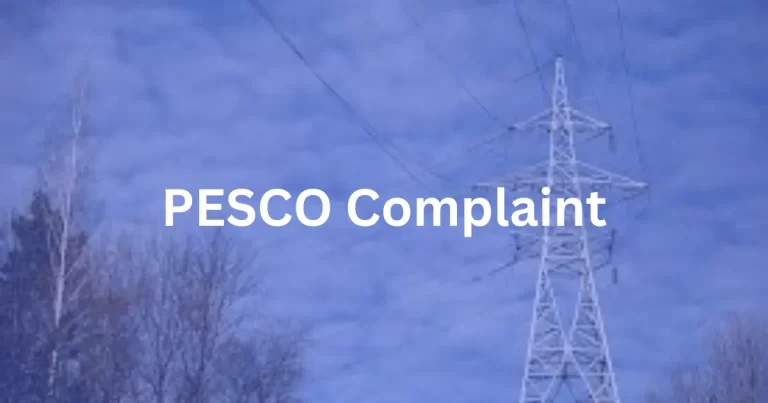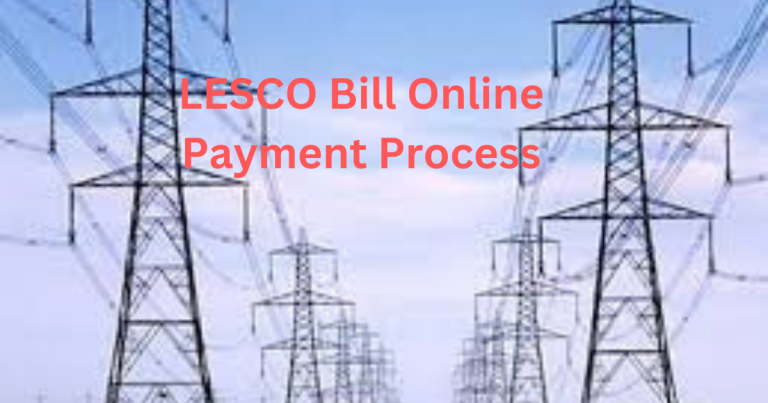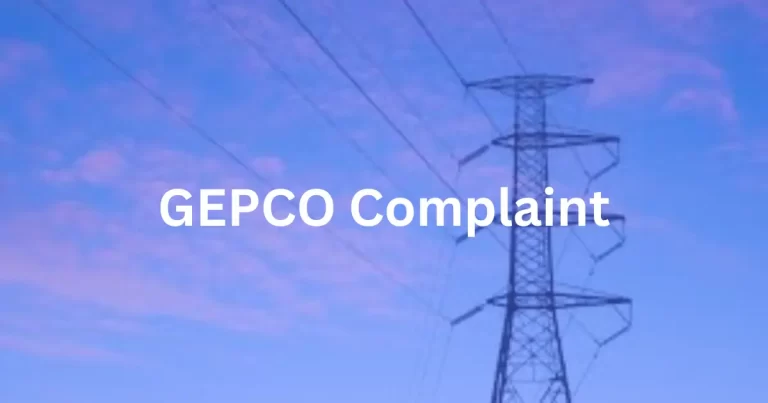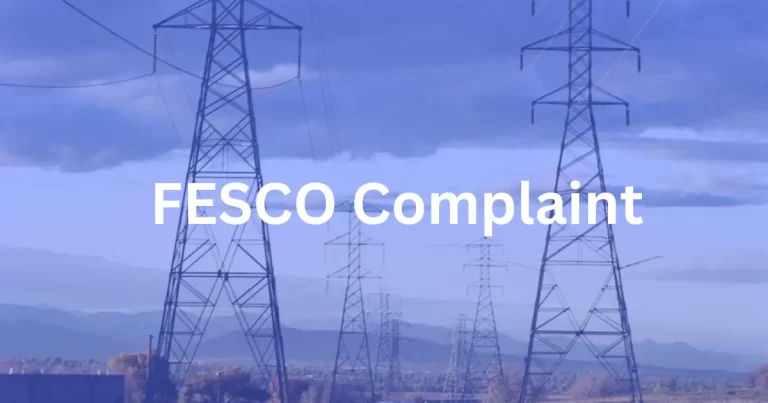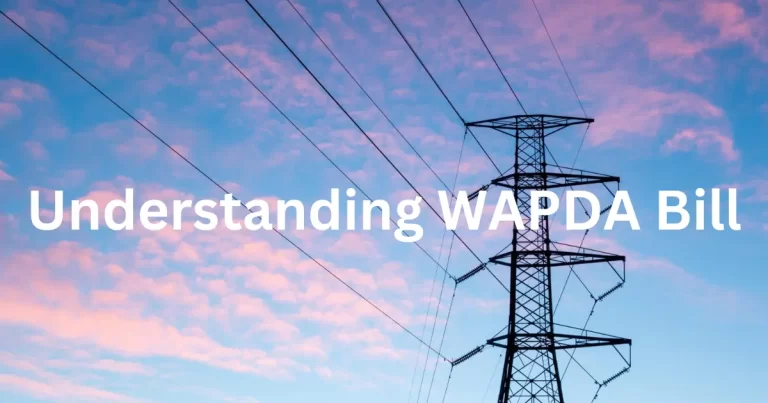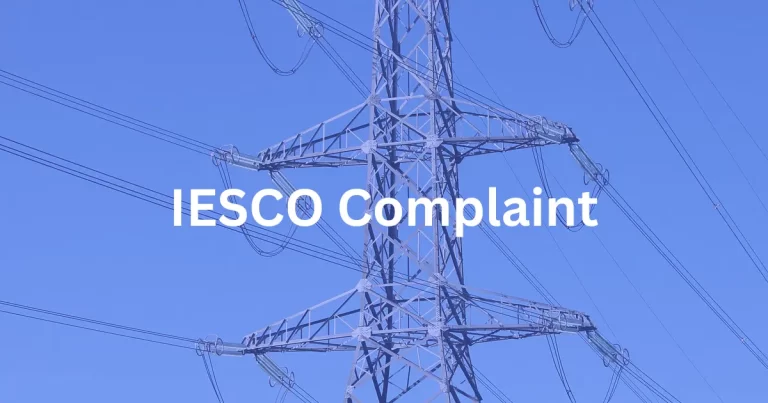During evening peak hours, the demand for electricity surges as people return home, using appliances like air conditioning, heating systems, lighting, and other household devices. Commercial establishments also contribute to the increased demand during this time.
Managing IESCO peak hours timings efficiently is crucial for power utilities to ensure a stable electricity supply and prevent potential blackouts. Encouraging energy efficiency and implementing demand response programs are essential strategies to reduce the strain on the grid during peak periods.
What are IESCO Peak Hours Timings?
IESCO, the Islamabad Electric Supply Company, has specific peak hour timings designed to address the periods of highest electricity demand in both summer and winter seasons. During the summer months, which extend from June to September, peak hours occur from 5 PM to 11 PM. This timeframe aligns with the evening when residents return home and use various energy-intensive appliances and cooling systems due to the hot weather.
In the winter season, from October to May, peak hours are scheduled from 6 PM to 10 PM. The winter peak hours are adjusted slightly later to accommodate the shorter daylight hours and the increased demand for heating systems and lighting during the evenings. By implementing these peak hour timings, IESCO aims to manage the electricity load effectively and ensure a reliable power supply for its consumers.
How to Save Electricity During Peak Hours
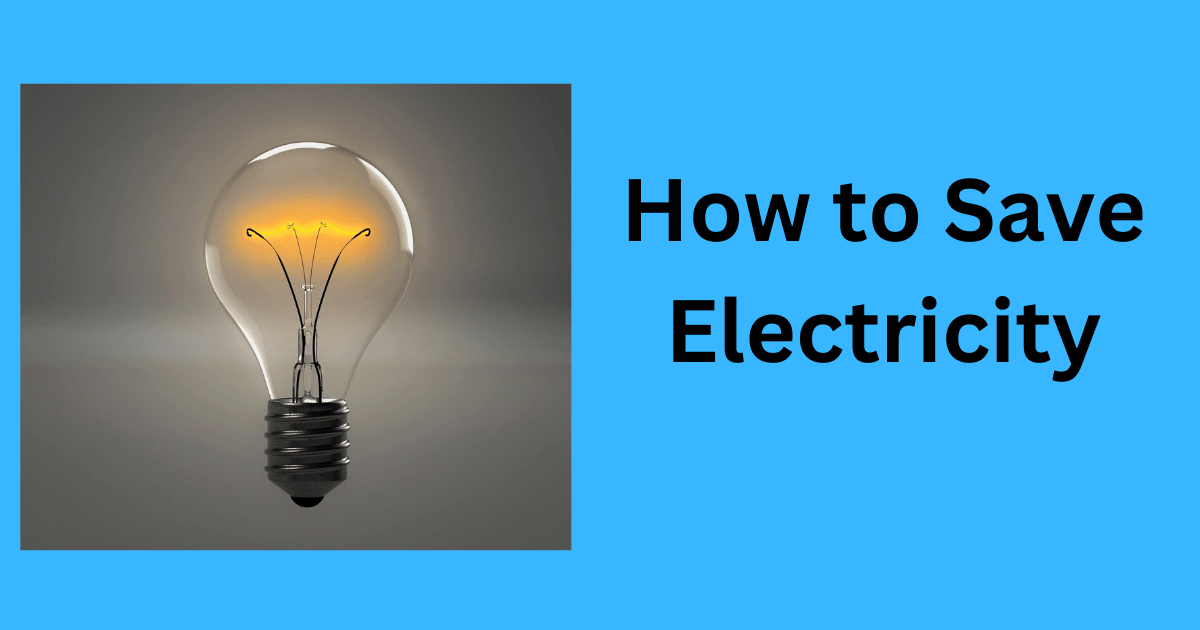
There are a few things you can do to save electricity during peak hours:
Shift your Electricity Usage to Off-Peak Hours
To save electricity during peak hours, consider adjusting your daily routine to perform energy-intensive tasks during off-peak times. Running appliances like washing machines and dishwashers at night or early morning can alleviate the strain on the grid during peak periods. Similarly, charging electric vehicles during the day when the demand is lower can help balance the load and potentially reduce electricity costs.
Conserve Electricity by Turning Off Lights and Appliances
Adopting simple habits like turning off lights, electronics, and appliances when they are not in use can significantly reduce energy consumption. Even seemingly minor actions, such as switching off lights when leaving a room or unplugging chargers, can add up to substantial energy savings over time. Developing an energy-conscious mindset and encouraging family members or coworkers to do the same can contribute to overall electricity conservation.
Use Energy-Efficient Appliances
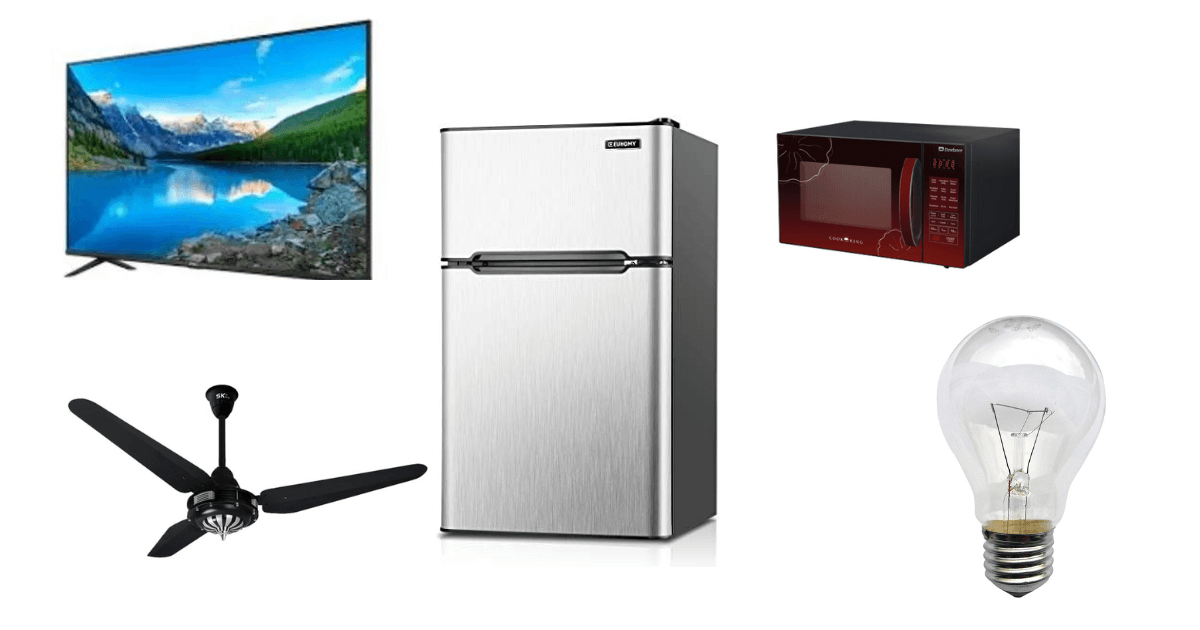
Upgrading to energy-efficient appliances can be a long-term investment that pays off in terms of both energy savings and reduced utility bills. Look for appliances with the ENERGY STAR label or high energy efficiency ratings, as they consume less electricity while providing the same level of performance. Efficient appliances not only contribute to saving electricity during peak hours but also have a positive impact on the environment by reducing greenhouse gas emissions.
Unplug Appliances When They are Not in Use
Many appliances continue to draw small amounts of electricity even when turned off, a phenomenon known as “phantom load” or “standby power.” To combat this, consider unplugging electronics and appliances when not in use or use power strips that can be switched off entirely. By doing so, you can eliminate unnecessary energy consumption and further optimize electricity usage, especially during peak hours when every bit of electricity saved helps to stabilize the grid.

